I am currently using MS SQL Studio 2017 and SAP B1. The table i am working with is called the ITM1 Table. Inside this table are the following fields...
ItemCode, PriceListNo, and Price.
Inside price list it is sequenced as follows... 1 2 3, 1 2 3, 1 2 3.
Each item has 3 identical item codes against it. And the price field contains £7.00, £14.00, £15.00 (for example 1 - Supplier Price, 2 - Base Price, 3 - Retail price) And the price list field varies dependent upon what price list number is selected.
I want to create a table which will display... "Item Code, Supplier Price, Base Price, Retail Price" (These are obviously WHERE PriceListNo = '1'
How do i get this to show in one table. I've been trying case statements this morning and had no luck, I've also tried sub queries and can't seem to fathom it?
I want to relay this information in the above table to a single ItemCode column, but display Price £14.50, £21, £21 £21 on an individual column Thanks for any help
Kind Regards Andy
